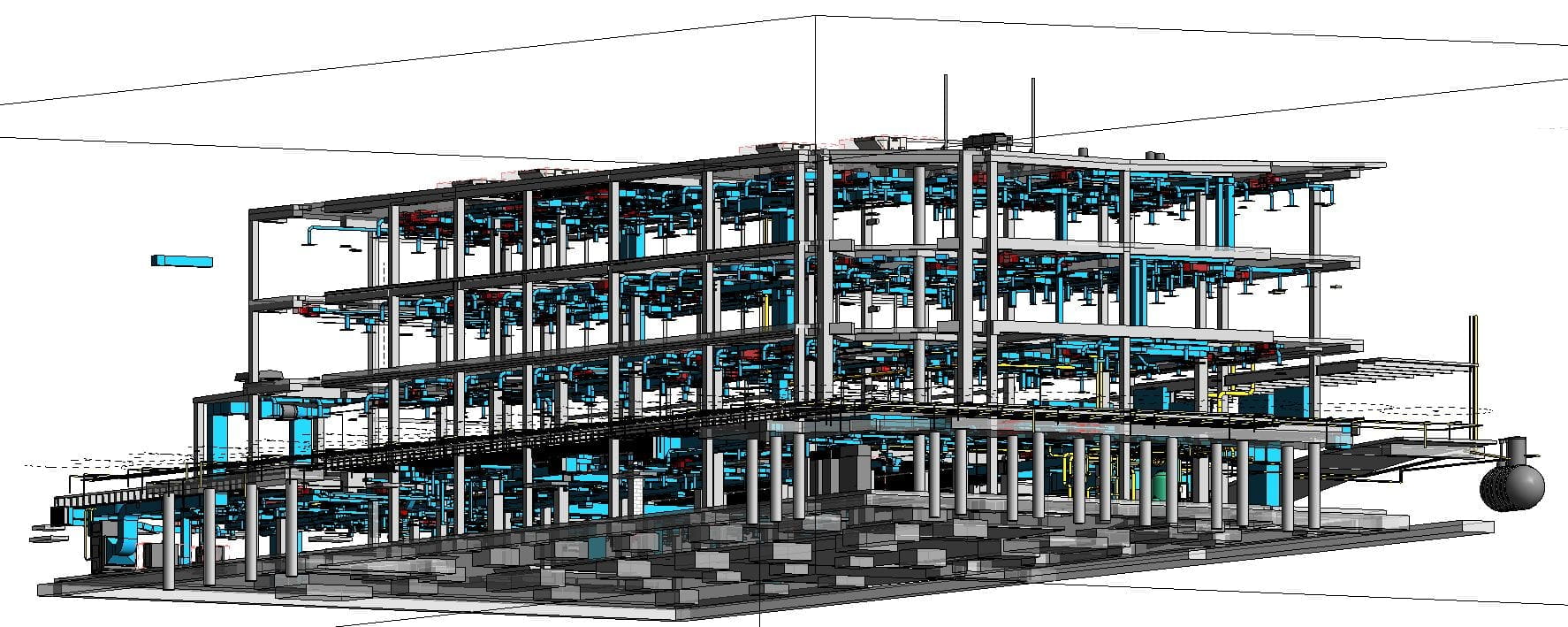Although earthquakes in Oklahoma have historically been low on the list of threatening natural disasters, the state has experienced a major increase in seismic activity in recent years. This increase has caused many residents to begin questioning the effects of earthquakes on the state’s infrastructure, and led many property owners to scrutinize their buildings’ preparedness to survive a major seismic event.
“In Oklahoma, designers are used to building for tornadoes but less used to building for earthquakes,” FSB Director of Structural Engineering Ben Wallace said. Wallace earned his PhD at Stanford, where he was part of a joint United States-Japan research cooperative looking at seismic resistance in structures. “In a tornado, a building has to resist strong wind pressures and impact from debris. Earthquakes are very different — the building has to be able to move around and not collapse. Seismic forces are much less predictable than wind pressures. The ground just shakes as hard as it’s going to shake and the building has to ride that out.”
Wallace, along with colleague Tom Bush whose PhD dissertation work at the University of Texas centered around the seismic strengthening of buildings, have applied their knowledge to FSB’s projects in many parts of the world, including historically earthquake-prone regions. Most recently, for example, the pair was part of an FSB team designing three Navy aircraft hangars in the San Diego area, an area with historically high levels of seismic activity.
Locally, FSB’s seismic design knowledge was recently applied to the design of the Edmond Public Safety Center, completed in October 2015. Because of its emergency management function and jail holding cells, the center represents a category of buildings that must remain operational following an earthquake.

The two structural engineers represent an uncommon concentration of expertise for a design and engineering firm in their home state, and with the increase in seismic activity in Oklahoma, local demand for their specialty is increasing.
“Everyone wants to know ‘Can my building take a magnitude 5 earthquake? A 6?’” Wallace said. “There are many factors people don’t see that go into helping the seismic performance of a building. In fact that’s one of the goals is to make sure people don’t see them. They are hidden but they are very important.”
Two of the most important factors are the materials used and the way these materials are connected, according to Wallace and Bush. In general, unreinforced masonry buildings, common in older commercial construction, are most susceptible to earthquakes. Steel or concrete frames are stronger. From examining the building plans of existing structures, the engineers can express an opinion on how fortified a building would likely be against a significant earthquake. The best time to structurally reinforce a building for earthquakes is during its initial construction, and the second-best time is during a major renovation.
Importantly, a lot of earthquake damage is not structural, but caused by large equipment like furnaces and water heaters tipping over, Bush said. For example, a water heater might tip, break a gas line and cause the building to catch fire, or a pipe could fall from the ceiling and hurt someone or cause damage. To protect a building and its occupants, mechanical and electrical engineers reinforce plumbing and heavy equipment using seismic bracing.
“Seismic design is total design,” Bush said. “It crosses disciplines and needs to be consistent from architectural work through to structural and electrical engineering. It’s all of us.”
At a multi-discipline firm such as FSB, architects integrate input from structural and mechanical engineers as they design rather than seeking an engineer’s sign-off after the fact. The collaborative process results in a more integrated, cost-effective final plan. FSB’s structural engineering department is involved in every architectural plan.
Building codes do require a certain level of seismic reinforcement on every job, no matter the region. These standards have only increased over the years as awareness of seismic activity grows.
“The big one hasn’t hit Oklahoma,” Bush said. “The day the San Francisco earthquake comes here will be a new day. I imagine we would see stricter codes and receive more attention from local clients, as we see constantly with tornado reinforcements. No matter what, we are committed to continue bringing the same expertise we apply on projects in California and Alaska to every project.”
For more information about earthquakes in Oklahoma, visit: https://earthquakes.ok.gov/